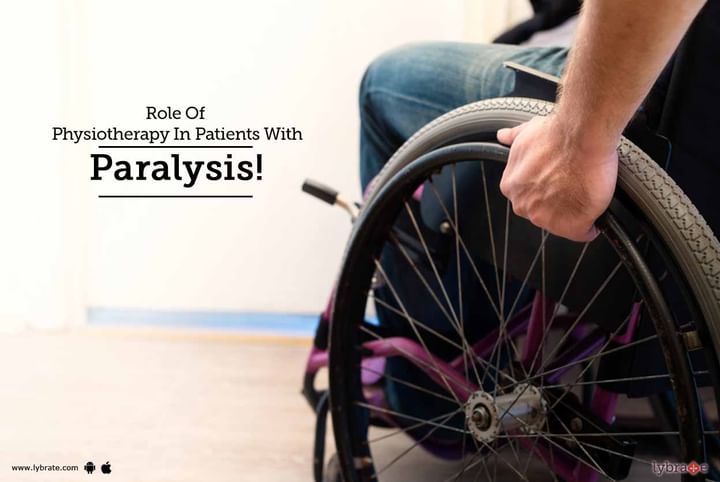Role Of Physiotherapy In Patients With Paralysis!
What is paralysis?
Paralysis is a loss of muscle power and function of any part of the body. It is seen in the form of weakness of body parts, loss of sensation, and loss of movement of that part.
What is physiotherapy and why it is used?
Physiotherapy includes massage, therapeutic physical activities, scientific procedures, and education. Physiotherapy should be started as soon as possible, and it needs to be regularly followed, on a daily basis to see its best results. If it is not done under the proper guidance, it may worsen the condition of the patients. It is helpful in the following ways:
- Helps to improve blood circulation and relax muscles
- Slows down the progress of paralysis
- Improves muscle tone
- Maintains the respiratory function
- Prevents pressure sores and contracture in the bedridden patients
- Helps to build up strength in the affected muscles which helps to prevent the limbs from becoming deformed
- Helps in building up the motivation and morale of the patient
- Helps improve balance and coordination of the muscles
What therapies are included in it?
It includes the following therapies:
- Aerobic exercises: It encourages a rapid exchange of oxygen to muscle tissues which increases sensory and motor function.
- Method of physical conditioning: It is conducted via active or passive ranges of motion which help improve the muscle strength and also help the patient to adapt or learn how to use the paralyzed limb.
- Exercises: Exercises, such as hip rotation exercise and its variation, ankle rotation exercises, and toe rotation exercises are advised in lower limb paralysis.
- Electric stimulation therapy: It helps restore the motor function in paralyzed patients where electrical stimulation is done via a low-frequency device.
- Mobility aids: Mobility aids, such as a wheelchair, help to move from one place to another place.
- Hydrotherapy pool: It helps assist patients to overcome conditions where movement is limited because of paralysis and where muscles are weakened.
- Massage therapy: Massage therapy helps regain control of muscles and boost the range of motion by improving blood circulation to the affected part.
- Hand muscle exercises: It includes exercise with the balls or any other toy to improve hand grip and muscle power.
- Speech therapy: In patients with aphasia, speech therapy is given to improve the speech.
- Parallel bars: It helps practice walking and balancing when there is impairment.
- Physical training: In physical training, various exercises are taught to improve the muscle strength of the affected part.
- Use of teaching transformers (wheelchairs, bed, car, or toilet): It helps improve safety and also promotes independence.
In case you have a concern or query you can always consult an expert & get answers to your questions!



+1.svg)
